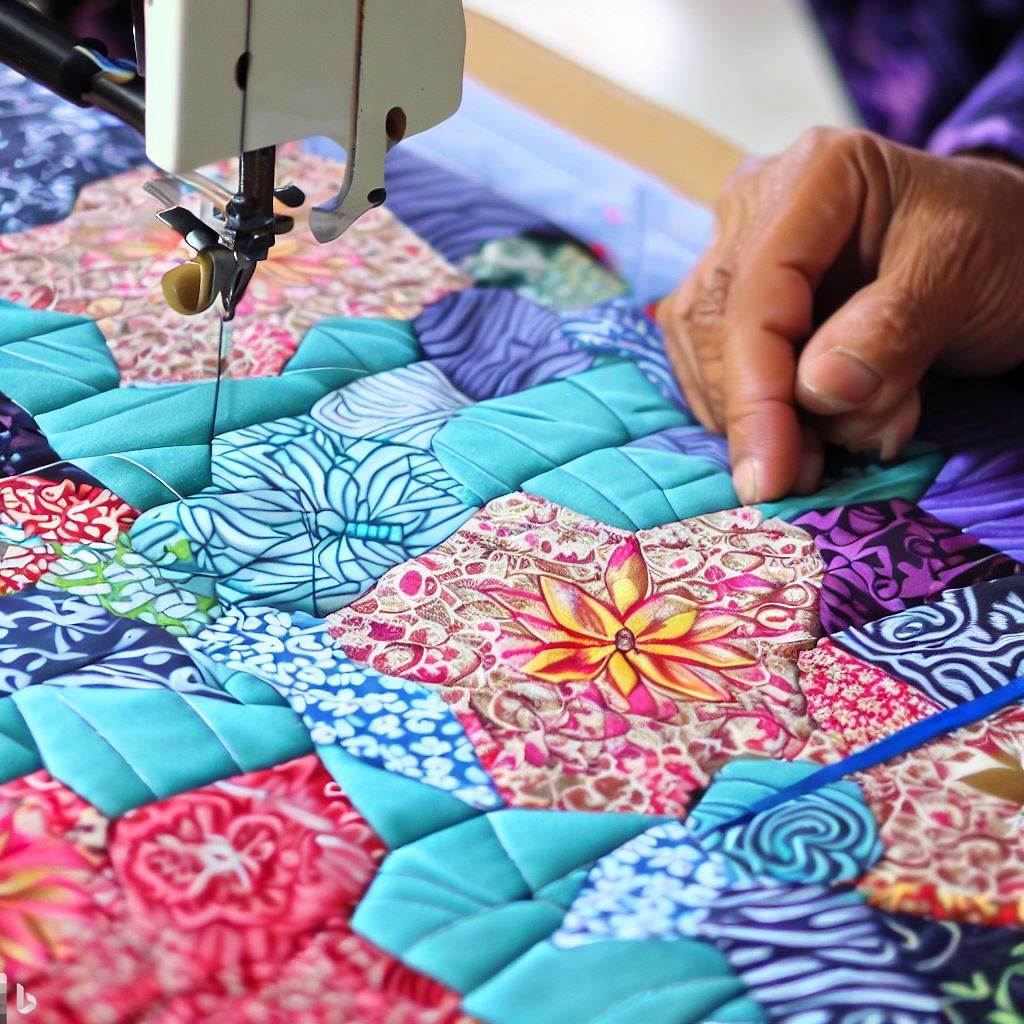Quilting of the World: Celebrating Diversity in Textile Heritage
Beyond American and European traditions, diverse cultures worldwide create treasured quilting and textile arts originating from their values, materials, and artistic customs. Seeking out these lesser known practices uncovers breathtaking heritage and fuels inspiration through appreciating new techniques and motifs. Honoring under-recognized artisans past and present conveys deep respect. Their creativity expands perspectives, proving quilting’s universal resonance across civilizations when we make space for unheard voices.
African and African American Quilting Traditions
Despite hardship, African slaves and their descendants voiced resilience through improvisational quilts with symbolic patterns and vivid colors.
Restoring Lost History
Enslaved people relied on oral and textile traditions to preserve cultural history and values ripped away. Story quilts became canvases for reclaiming identity.
Improvised Beauty Amid Limitation
Under enslavers’ restrictions, slaves salvaged precious fabric scraps innovating striking geometric textile arts out of necessity which continue today.
Coded Symbols
Secret quilt symbols helped navigate the Underground Railroad and transmitted messages of hope and resistance. Creativity fueled freedom.
Gee’s Bend Quilts
In this isolated Alabama African American community, distinctive improv quilting aesthetics emerged energized by cultural pride and place. Their bold designs inspire artists globally.
Intergenerational Bonds
Elders passing down cherished cultural traditions and skills to youth upholds their continuity and significance through generations.
Native American Quilting Narratives
Tribes like Navajo and Ojibwe embed cultural stories, rituals, and identity within their intricate textile arts.
Storytelling Through Symbols
Design elements reference myths, nature’s gifts, morality tales, and ancestral wisdom. Their imagery visually preserves oral narrative traditions.
Reflecting Tribal Landscapes
Patterns echo familiar Southwestern vistas or Great Lakes topography, connecting art to the land that sustains their people. Stitches hold legacy.
Technical Mastery
Elaborate appliqué, embroidery, and weaving methods demand refined skill passed down through generations. Dexterity honors teachers’ knowledge.
Economic Livelihoods
Quilting provides sustainable income for Native artists through collectives, shops, and partnerships facilitating fair trade of their heirloom textiles.
Statement of Identity
Color schemes, layouts, and motifs make cultural pride visible. Their quilts honor uniqueness of heritage kept thriving through creativity.
Centuries of Chinese Textile Excellence
China’s long decorative arts lineage appears in vibrant silk quilts displaying technical mastery and auspicious motifs.
Chinese Knots and Charms
Meticulously hand-stitched Chinese knot motifs and tiny folded fabric charms grace quilts as symbols promising luck, prosperity, and joy according to centuries of tradition.
Phoenixes and Dragons
These mythical celestial creatures hold great significance in Chinese culture as emblems of blessings, power and protection. Phoenix and dragon imagery frequently accents ornate quilts.
Hundred Lucky Cranes
A century old bridal tradition involves intricately hand-stitching one hundred tiny origami cranes across a silk wedding quilt to wish the couple endless happiness and good fortune.
Silk Love Letters
Silk embroidered wedding quilts often incorporate poetic phrases wishing the couple joy. Layers of sumptuous silk and loving words signal commitment.
Auspicious Colors
Red, yellow, and pink hold deep meaning in Chinese culture as colors symbolizing prosperity and happiness. Chinese quilts proudly feature these hues to attract positive energy for couples and babies.
Hmong Story Cloths
When Hmong refugees fled Laos, the women innovated ‘paund nee’ story cloths depicting treasured cultural scenes to preserve their heritage in their new home.
Capturing Village Life
Story cloths vividly illustrate daily activities like farming, festivals, and home life in their native villages. Keeping memories alive helps fortify community.
Passing Down Values
The hand-sewn tapestries often emphasize Hmong values like strong families, harmony with nature, and ancestral wisdom especially to teach youth.
Masterful Technical Skills
Each clan has signature embroidery, appliqué, batik, and reverse appliqué techniques passed down from elders. Their expertise keeps traditions thriving.
Recording History
Scenes portray Hmong history like fleeing genocide in Laos or adjusting to American culture. The story cloths become portable history books.
Economic Livelihoods
Selling fair trade Hmong textiles at markets provides crucial income for artisan families. Business partnerships cultivate sustainability.
Diverse Threads Weaving Common Ground
Every culture’s quilting traditions unveil the wisdom and values hand-stitched over generations. But when shared, their beauty inspires unbounded, transcending difference. Our contrasting palettes blend into harmony when we honor each unique patch. For in creativity’s fabric, we recognize lasting threads of hope, joy, and resilience binding our shared human story across all borders.
